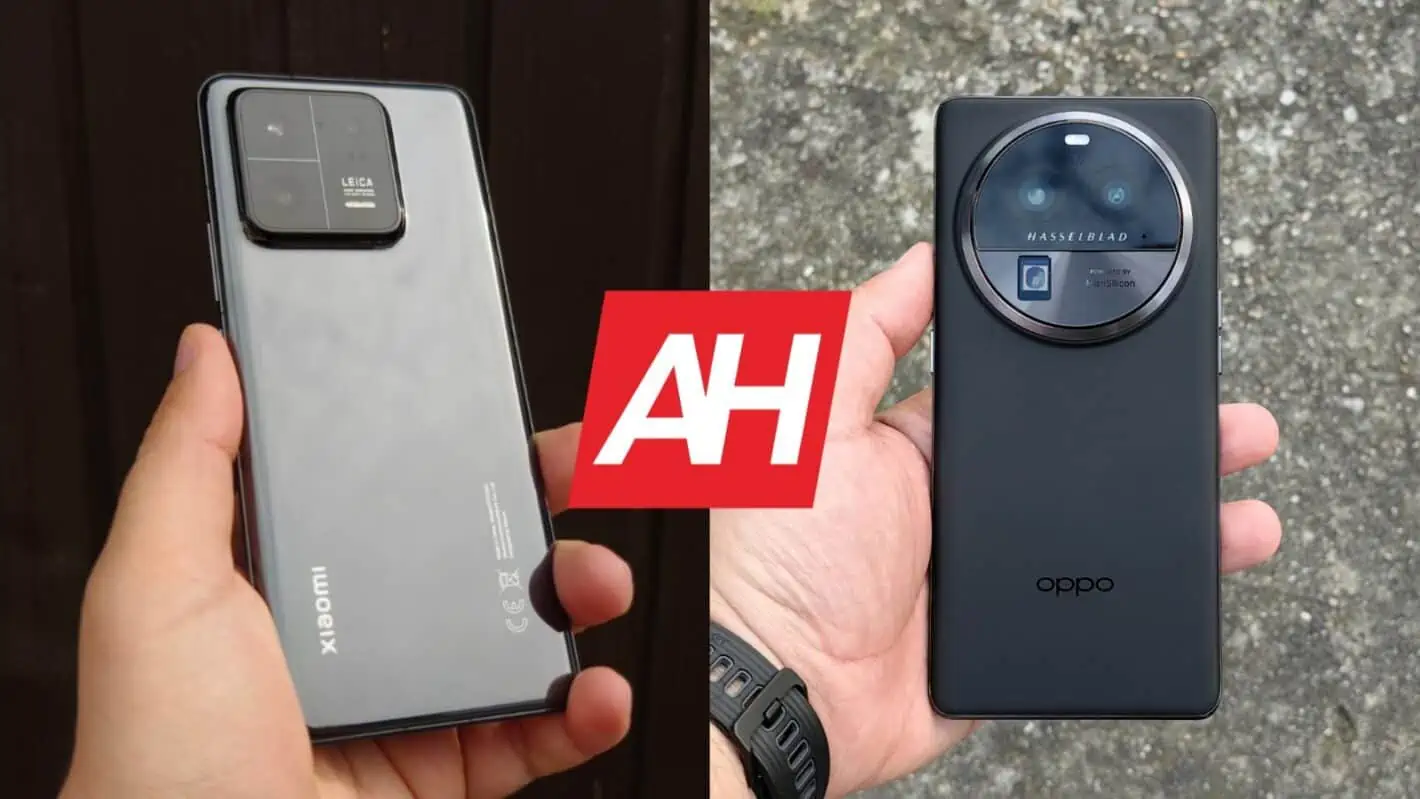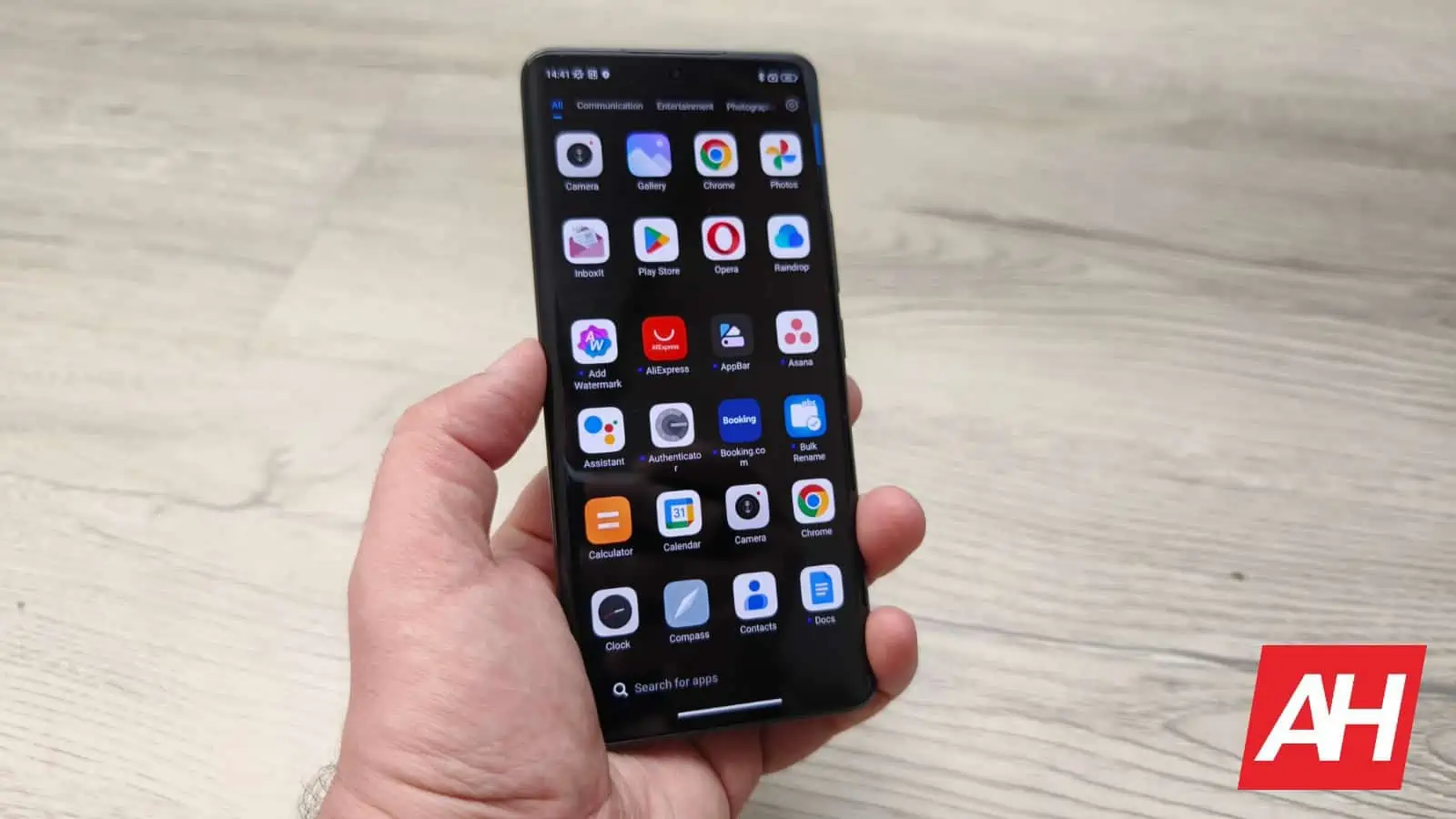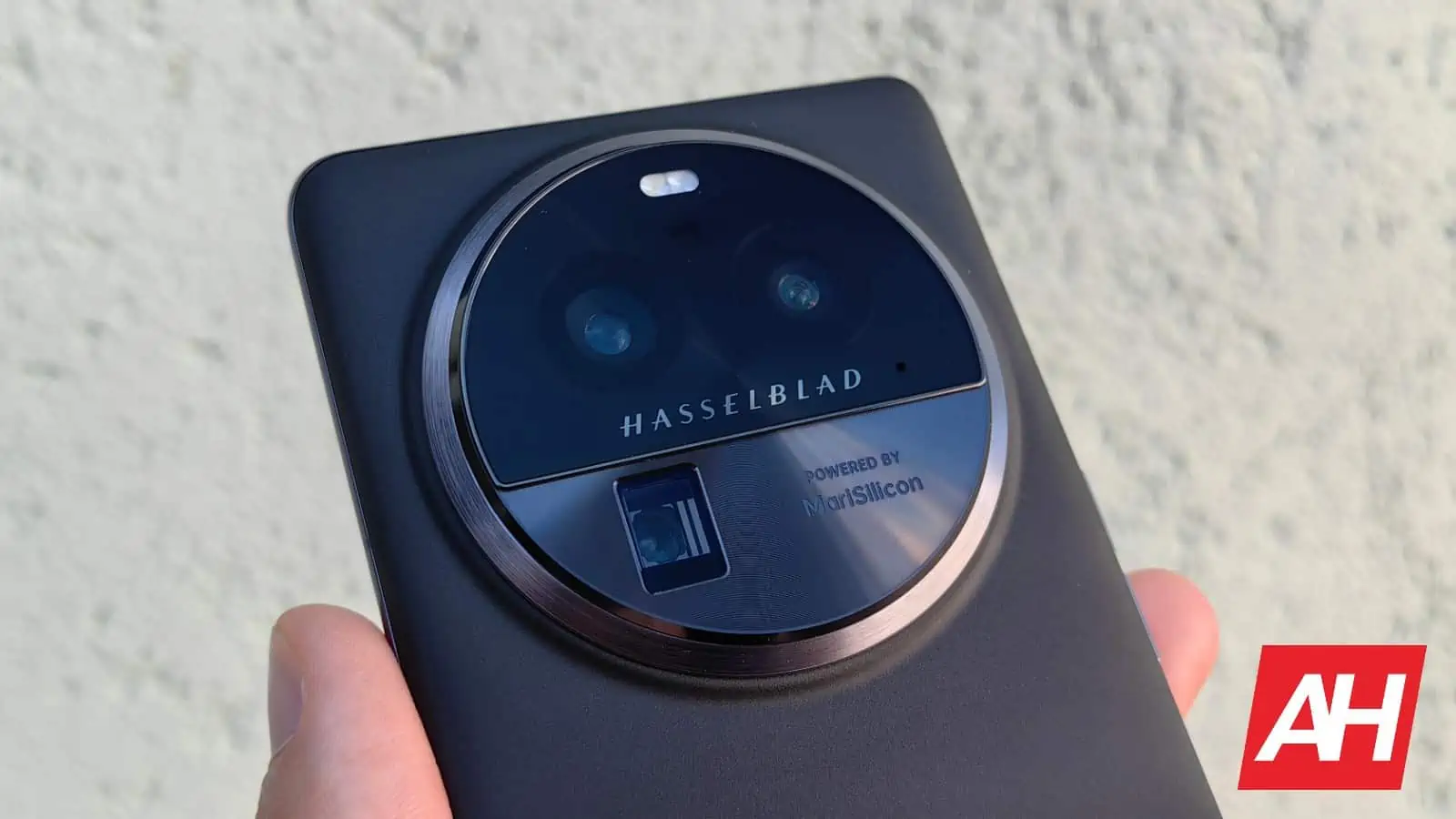In this article, we’ll compare the Xiaomi 13 Pro vs OPPO Find X6 Pro, two powerhouse smartphones from China. The global variant of the Xiaomi 13 Pro launched not so long ago, while the OPPO Find X6 Pro launched only in China thus far, quite recently. Having that in mind, do note that we’ve tested the Find X6 Pro with software made for the Chinese market. We’re not sure if the global variant will become available. It was a good experience once we placed Google services on it, so… comparing these two phones surely does make sense.
The two phones do have some similarities in the spec department, and even in the design department, at least from the front. There are a lot of differences here too, so… comparing them ought to be interesting. We’ll first list their specifications, and will then move to compare the devices across a number of categories. Those categories include design, display, performance, battery, cameras, and audio. So, let’s get started!
Specs
| Xiaomi 13 Pro | OPPO Find X6 Pro | |
| Screen size | 6.73-inch QHD+ LTPO AMOLED display (curved, 120Hz adaptive refresh rate, 1,900 nits peak brightness) | 6.82-inch QHD+ LTPO3 AMOLED display (120Hz adaptive refresh rate, curved, 2,500 nits peak brightness) |
| Screen resolution | 3200 x 1440 | 3168 x 1440 |
| SoC | Qualcomm Snapdragon 8 Gen 2 | Qualcomm Snapdragon 8 Gen 2 |
| RAM | 12GB (LPDDR5X) | 12GB/16GB (LPDDR5X) |
| Storage | 256GB/512GB, non-expandable (UFS 4.0) | 256GB/512GB, non-expandable (UFS 4.0) |
| Rear cameras | 50MP (Sony’s IMX989 1-inch sensor, f/1.9 aperture, 1.6um pixel size, Dual Pixel PDAF, OIS) 50MP (ultrawide, f/2.2 aperture, 14mm lens, 115-degree FoV) 50 MP (telephoto, 3.2x optical zoom, f/2.0 aperture, PDAF) Leica lenses |
50MP (f/1.8 aperture, 23mm lens, 1.6um pixel size, multi-directional PDAF, OIS) 50MP (ultrawide, f/2.2 aperture, 15mm lens, 110-degree FoV, 1.0um pixel size, multi-directional PDAF, OIS) 50MP (periscope telephoto, f/2.6 aperture, 65mm lens, 1.0um pixel size, 2.8x optical zoom, multi-directional PDAF, OIS) Hasselblad optimization |
| Front cameras | 32MP | 32MP (f/2.4 aperture, 21mm lens, 0.8um pixel size, PDAF) |
| Battery | 4,820mAh, non-removable, 120W wired charging, 50W wireless charging, 10W reverse wireless charging Charger included |
5,000mAh, non-removable, 100W wired charging, 50W wireless charging, 10W Wireless PowerShare Charger included |
| Dimensions | 162.9 x 74.6 x 8.7mm | 164.8 x 76.2 x 9.1 mm |
| Weight | 229 grams | 216 grams |
| Connectivity | 5G, LTE, NFC, Bluetooth 5.3, Wi-Fi, USB Type-C | 5G, LTE, NFC, Bluetooth 5.3, Wi-Fi, USB Type-C |
| Security | In-display fingerprint scanner (optical) | In-display fingerprint scanner (optical) |
| OS | Android 13 MIUI 14 |
Android 13 ColorOS 13.1 |
| Price | €1,299/TBA | CNY5,999 ($870)+ |
| Buy | Xiaomi | China only |
Xiaomi 13 Pro vs OPPO Find X6 Pro: Design
The global version of the Xiaomi 13 Pro combines a ceramic backplate with an aluminum frame. The OPPO Find X6 Pro comes in a variant with both glass on the back, and glass combined with vegan leather (vegan leather bottom, glass top). It also has a frame made out of aluminum. In fact, holding the ceramic Xiaomi 13 Pro and a glass-made Find X6 Pro in the hand feels somewhat similar, even though the Xiaomi 13 Pro feels smaller in the hand. Both of these phones are large, though, don’t get me wrong. The Xiaomi 13 Pro is a bit narrower, shorter, and thinner, so… the feeling is different.
Despite the fact it is smaller overall, the Xiaomi 13 Pro is heavier than the Find X6 Pro, due to the ceramic on its back. It weighs 229 grams, compared to 216-218 grams of the OPPO Find X6 Pro. The two phones look quite similar from the front. They both include curved displays with thin bezels, and a centered display camera hole. On top of that, they have curved corners, and the curvature is similar.
Once we flip the two phones around, well, that’s when you’ll see major differences. The Xiaomi 13 Pro has a squarish camera island in the top-left corner. The OPPO Find X6 Pro, on the other hand, has a circular camera island that is centered at the top. OPPO’s camera island is definitely larger, and it also protrudes more on the back. Both devices feel immensely premium in the hand, though both are also quite slippery, with the exception of the vegan leather Find X6 Pro model, which offers a bit more grip.
Xiaomi 13 Pro vs OPPO Find X6 Pro: Display
The Xiaomi 13 Pro features a 6.73-inch QHD+ (3200 x 1440) LTPO AMOLED display. That display has an adaptive refresh rate of up to 120Hz, and supports Dolby Vision. HDR10+ content is also supported, and the display goes up to 1,900 nits at its peak. This panel is protected by the Gorilla Glass Victus, and it’s curved.
The OPPO Find X6 Pro, on the flip side, has a 6.82-inch QHD+ (3168 x 1440) LTPO3 AMOLED panel. That display can project up to 1 billion colors, and it has an adaptive refresh rate of up to 120Hz. Dolby Vision is supported, and so is HDR10+ content. This display gets immensely bright at 2,500 nits of peak brightness, and is currently the brightest in the market. It is curved, and protected by the Gorilla Glass Victus 2.
Both of these displays are phenomenal, some of the best in the market. They are vivid, sharp, and have excellent viewing angles. They’re very smooth, and have good touch response. The Find X6 Pro’s panel does have an advantage in the brightness department, which will certainly help out in the sun. But the Xiaomi 13 Pro’s display is also immensely bright, one of the brightest out there. In fact, it has the third brightest display in any smartphone. So, you really can’t go wrong here, both phones have phenomenal displays.
Xiaomi 13 Pro vs OPPO Find X6 Pro: Performance
The Snapdragon 8 Gen 2 is the processor of choice for both companies, for a good reason. This is currently the best processor available to smartphone OEMs, basically. Both phones utilize LPDDR5X RAM and UFS 4.0 flash storage, except the 128GB Xiaomi 13 Pro. The Xiaomi 13 Pro has up to 12GB of RAM, while the OPPO Find X6 Pro comes with up to 16GB of RAM on the inside.
Does this translate to great performance on both phones? Well, yes, it does. They both complete regular, everyday tasks with ease. Even gaming is not an issue for either device, not even when we’re talking about the most demanding games out there. Do note that the Find X6 Pro comes with a software build made for China, though, at least at the moment. So if you decide to import it, be ready to sideload Google services (which is easy to do), and deal with some differences in that software implementation. Let’s hope OPPO will push out a variant for the global market.
During our usage, we really didn’t spot anything alarming when it comes to performance. Neither phone got too hot, nor did the heat cause any issues during gaming. Both phones have been running as smoothly as possible, in line with the most powerful smartphones available in the market.
Xiaomi 13 Pro vs OPPO Find X6 Pro: Battery
The Xiaomi 13 Pro comes with a 4,820mAh battery, while the OPPO Find X6 Pro includes a 5,000mAh battery on the inside. You’ll be glad to know that both phones do offer really, really good battery life. The Snapdragon 8 Gen 2 is really good when it comes to power consumption, and both phones are well-optimized, it seems. The battery life on the two phones is actually comparable, at least it was for us.
We were able to reach the 8-hour screen-on-time mark rather consistently on both phones, with a bit of juice left in the tank. That was actually not light usage by any means, but gaming was not included, except for testing purposes. Your mileage may vary, though, of course. Each of us use phones in different ways, with different apps, and with different signal strengths, so… the results could be entirely different for you.
When charging is concerned, both phones are outstanding. The Xiaomi 13 Pro supports 120W wired, 50W wireless, and 10W reverse wireless charging. The OPPO Find X6 Pro supports 100W wired, 50W wireless, and 10W reverse wireless charging. Both smartphones do come with charging adapters which can provide the fastest charging possible.
Xiaomi 13 Pro vs OPPO Find X6 Pro: Cameras
The Xiaomi 13 Pro comes with a 50-megapixel main camera (1-inch sensor), a 50-megapixel ultrawide unit (115-degree FoV), and a 50-megapixel telephoto camera (3.2x optical zoom). The OPPO Find X6 Pro includes a 50-megapixel main camera (1-inch camera sensor), a 50-megapixel ultrawide unit (110-degree FoV), and a 50-megapixel periscope telephoto camera (2.8x optical zoom, 100x digital zoom). The Xiaomi 13 Pro includes Leica lenses, while the OPPO Find X6 Pro has Hasselblad’s color tuning and expertise.
Both of these phones have outstanding camera hardware, needless to say. Both phones also prefer to take a bit moodier shots with a stronger contrast, which is especially apparent in low light. Results from both smartphones are outstanding, and the only issue we’ve noticed on both during the review has to do with HDR balancing. That can be easily solved via an update, to allow both phones to be more consistent in HDR conditions.
Images from both end up looking really detailed, and the colors are excellent on both, it’s all a matter of preference. Both also have different shooting modes you can choose from. The results from the Xiaomi 13 Pro will have that Leica style on them, and Leica filters are included. Hasselblad included some of its own styles on the OPPO Find X6 Pro, in addition to the XPAN mode.
Both ultrawide cameras do a great job and keep up with the main camera in terms of color science, to the best of their abilities, though it’s not a perfect blend, of course. The portrait shots on the Xiaomi 13 Pro look outstanding, and the OPPO Find X6 Pro is not far behind in that regard. What the Xiaomi 13 Pro lacks is a periscope camera, which the Find X6 Pro has, and it’s great for zoomed-in shots. It’s even usable in low light to a certain degree. The video recording is good on both phones, but both of them are more oriented towards image-taking. These two are great smartphone cameras, simply great.
Audio
Both smartphones include stereo speakers, which are actually quite good. They’re more than loud enough, and quite detailed at the same time. The balancing is a bit different, but I wouldn’t say one is better than the other, they’re just a bit different when it comes to bass output, and overall balancing across the spectrum.
Neither phone includes an audio jack. There is a Type-C port at the bottom of each phone, so you can use it for wired connections. If you prefer to use wireless headphones, you’ll be glad to know that both phones offer Bluetooth 5.3 support.



